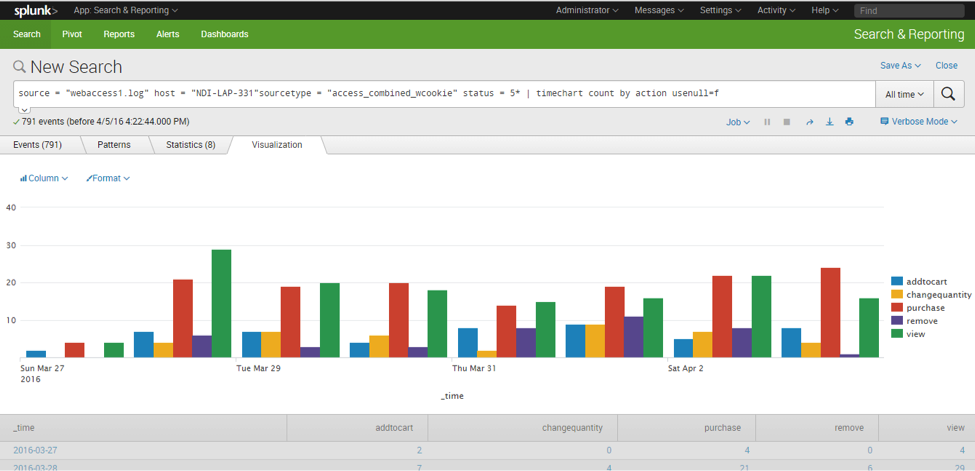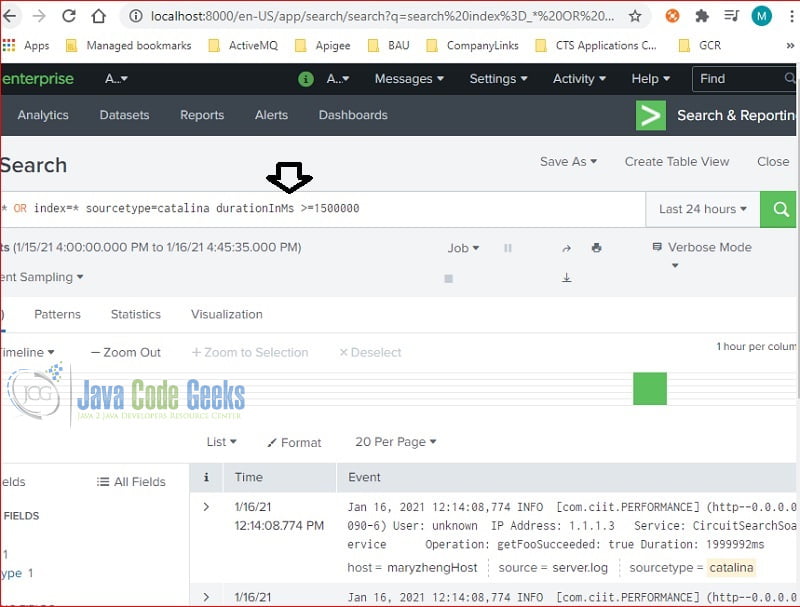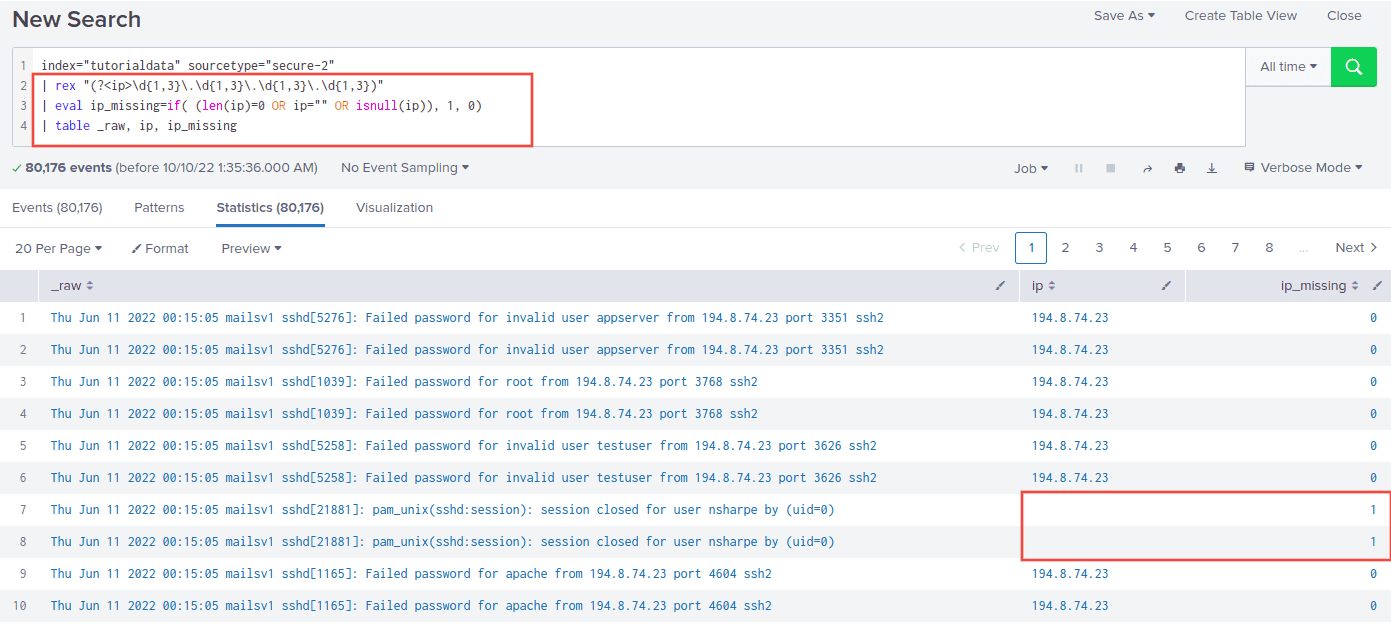

This example walks through how to expand a JSON event that has more than one multivalued field into individual events for each field value. The mvexpand command only works on one multivalued field. | spath 3: Extract and expand JSON events with multi-valued fields | spath output=locDesc.locale extract the attribute of the 4th locDesc (ca), use: To extract the value of the locale attribute (es, fr, de, etc.), use: To extract the values of the locDesc elements (Precios, Prix, Preise, etc.), use: I also periodically arrange casual get togethers for local Splunkers so those of us. This example shows how to extract values from XML attributes and elements. | stats values(commit_id) by commit_author 2: Extract a subset of a XML attribute To see the list of commits by each user, run this search. To see who has committed the most changes to a repository, run the search. For example, JSON uses zero-based indexing. The location step is composed of a field name and an optional array index indicated by curly brackets around an integer or a string.Īrray indices mean different things in XML and JSON. The location step is composed of a field name and an optional array index The context for the top-level location step is implicitly the top-level node of the entire XML or JSON document. If a path is provided, the value of this path is extracted to a field named by the path or to a field specified by the output argument, if the output argument is provided.Ī location path contains one or more location stepsĪ location path contains one or more location steps, each of which has a context that is specified by the location steps that precede it. These fields default to _raw if another input source is not specified. By default, when the spath command is in "auto-extract" mode, it finds and extracts all the fields from the first 5,000 characters in the input field. If you are looking for the Splunk certification course, you can check out this online Splunk Training and Improve your knowledge in Splunk. You can likewise utilise the spath() function including the eval command. The command further highlights the syntax within the presented events list.

When used with no path argument, the spath command runs in "auto-extract" mode. The command reserves this data within one or more fields. The spath command is a distributable streaming command. If the index refers to an XML attribute, specify the attribute name with an symbol. The index can be an integer, to refer to the position of the data in an array (this differs between JSON and XML), or a string, to refer to an XML attribute. A location step is composed of a field name and an optional index surrounded by curly brackets. A location path is composed of one or more location steps, separated by periods. If you do not specify the path=, the first unlabeled argument is used as the location path.

The location path can be specified as path= or as just datapath. path Syntax: path= | Description: The location path to the value that you want to extract. Default: If you do not specify an output argument, the value for the path argument becomes the field name for the extracted value. Default: _raw output Syntax: output= Description: If specified, the value extracted from the path is written to this field name. Optional arguments input Syntax: input= Description: The field to read in and extract values from. For more information, see the evaluation functions. You can also use the spath() function with the eval command. The command also highlights the syntax in the displayed events list. The command stores this information in one or more fields. Spath works fine for me.The spath command enables you to extract information from the structured data formats XML and JSON.


 0 kommentar(er)
0 kommentar(er)
